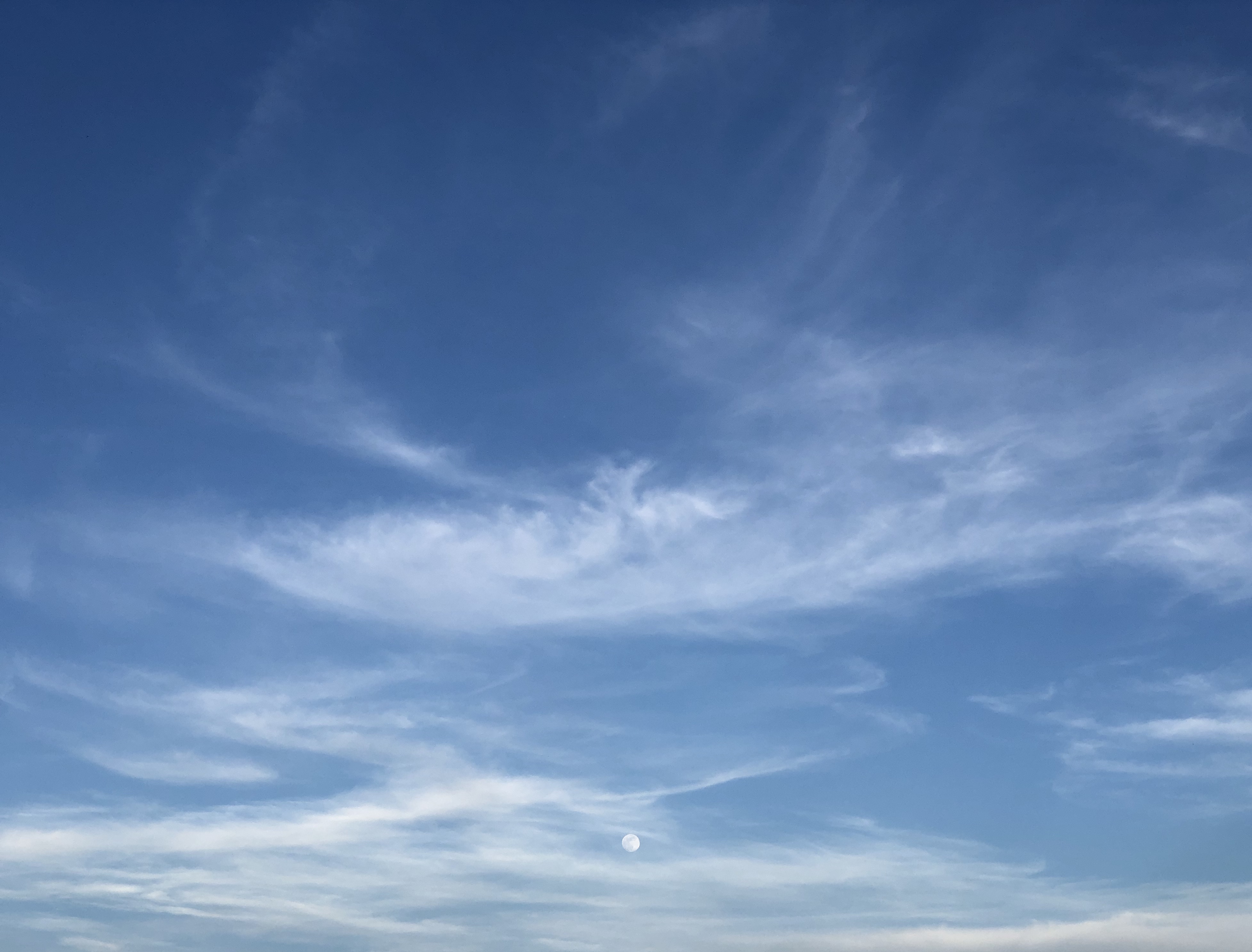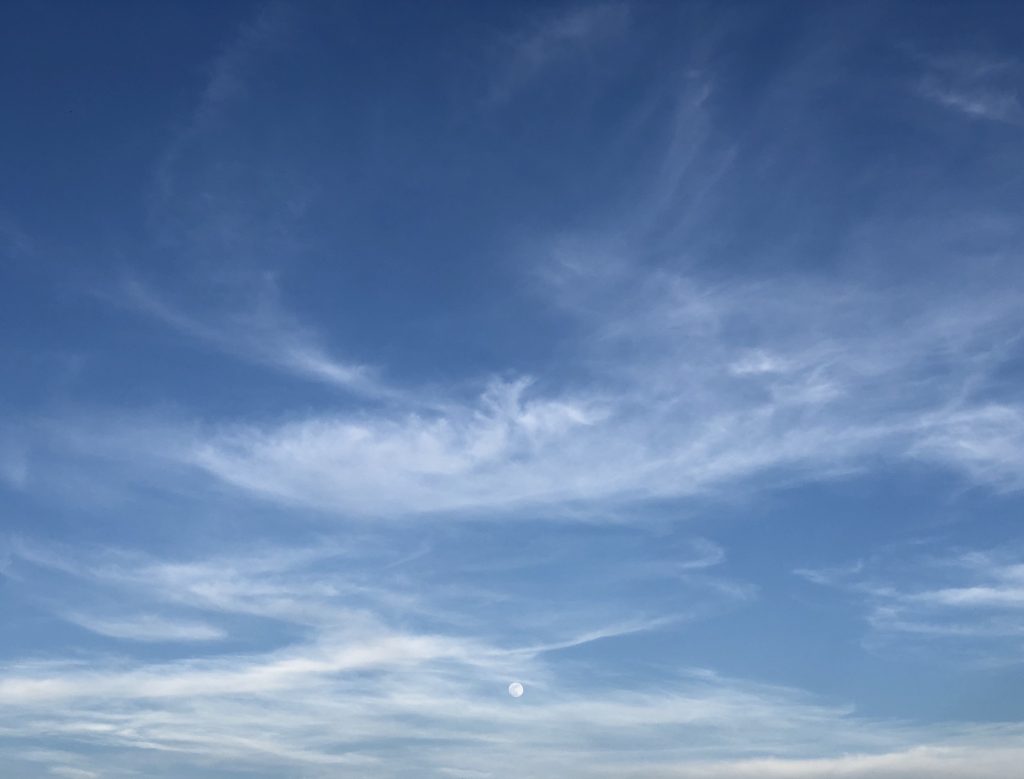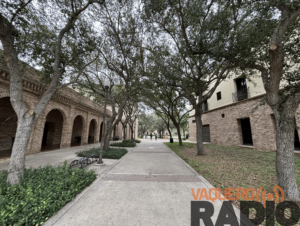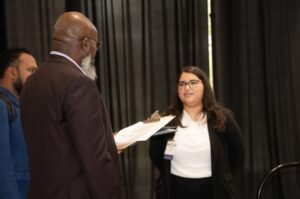

Residents of the Rio Grande Valley experienced some of the coldest temperatures of the year last week, with temperatures dipping to the mid 30s during the Arctic Cold Front according to the NOAA Weather Report across Edinburg and Brownsville. With the discussion of climate change, many such as UTRGV School of Earth, Environmental, & Marine Sciences Assistant Professor Dr. Amit
Raysoni believe that there is a correlation between the two.
“This setting is like a new kind of weather pattern. Where the middle of November you shouldn’t be experiencing such high temperatures, maybe because of the experiencing patterns that is colder here than the other side of the United States. And California is battling some fires. There’s something related to climate change that is the reason for these dramatic changes.”
Students such as Mass Communications Junior Miguel Cepeda
tells us how he prepares for the lower temperatures during the arctic cold front.
(“I got a heater for my house- for my room mainly but the living room is still kind of cold. I tend to just walk around with my jacket, like all the time. I also enjoy the occasional hot coffee to warm me up.”)
Dr. Raysoni gives UTRGV Radio a generalized explanation on the current arctic cold front and what it ultimately means for the RGV.
“Basically, the jet screen has dipped lower than usual. A result in which the Arctic Cold front has entered Canada and the United States.”
Dr. Raysoni told UTRV Radio that students should take more environmental sciences to learn more about these arctic cold fronts, and that they are a product of a new weather phenomena that still needs to be observed and studied.
Reporter Jerry Galindo



